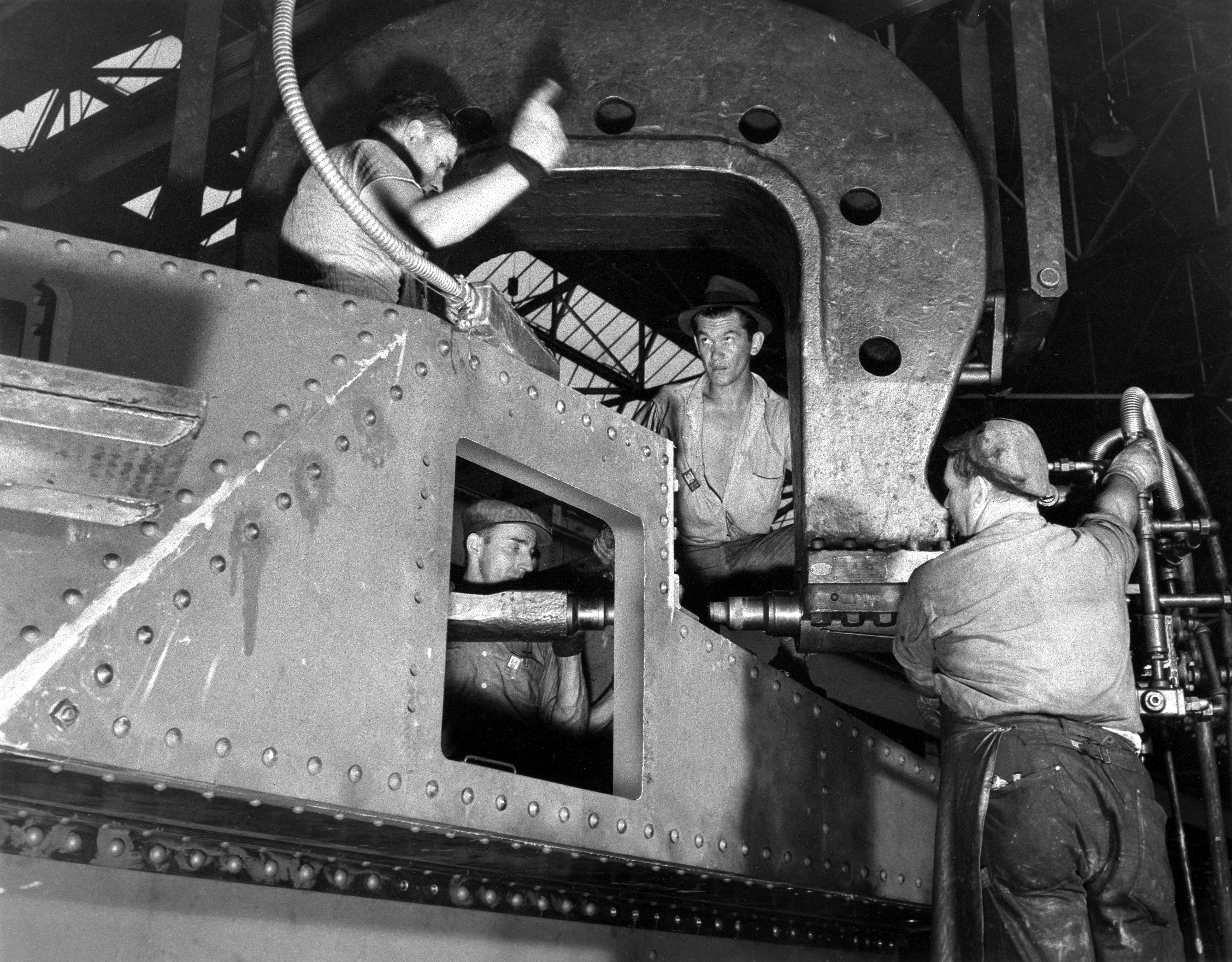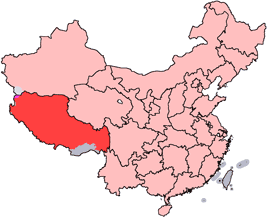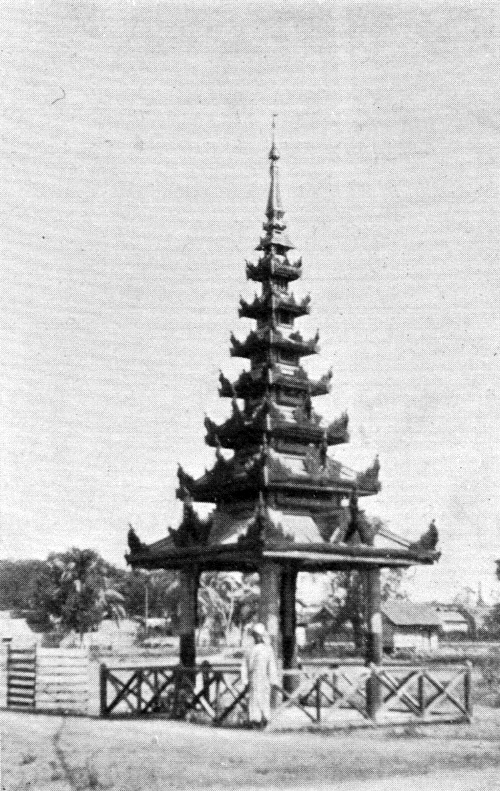|
3rd Carabiniers (Prince Of Wales's Dragoon Guards)
The 3rd Carabiniers (Prince of Wales's Dragoon Guards) was a cavalry regiment of the British Army. It was formed in 1922 as part of a reduction in the army's cavalry by the amalgamation of the 3rd Dragoon Guards (Prince of Wales's) and the Carabiniers (6th Dragoon Guards), to form the 3rd/6th Dragoon Guards. It was renamed the 3rd Carabiniers (Prince of Wales's Dragoon Guards) in 1928 and amalgamated with the Royal Scots Greys (2nd Dragoons), forming the Royal Scots Dragoon Guards (Carabiniers and Greys) in 1971. History Inter-war The regiment was formed in 1922 as part of a reduction in the army's cavalry by the amalgamation of the 3rd Dragoon Guards (Prince of Wales's) and the Carabiniers (6th Dragoon Guards), to form the 3rd/6th Dragoon Guards. Both regiments were based in India at the time of their amalgamation; the newly formed regiment departed in 1925 for Britain. It regained its carabinier association in 1928, when it was renamed the 3rd Carabiniers (Prince of Wales's ... [...More Info...] [...Related Items...] OR: [Wikipedia] [Google] [Baidu] |
Flag Of The British Army
A flag is a piece of fabric (most often rectangular or quadrilateral) with a distinctive design and colours. It is used as a symbol, a signalling device, or for decoration. The term ''flag'' is also used to refer to the graphic design employed, and flags have evolved into a general tool for rudimentary signalling and identification, especially in environments where communication is challenging (such as the maritime environment, where semaphore is used). Many flags fall into groups of similar designs called flag families. The study of flags is known as "vexillology" from the Latin , meaning "flag" or "banner". National flags are patriotic symbols with widely varied interpretations that often include strong military associations because of their original and ongoing use for that purpose. Flags are also used in messaging, advertising, or for decorative purposes. Some military units are called "flags" after their use of flags. A ''flag'' (Arabic: ) is equivalent to a brigade ... [...More Info...] [...Related Items...] OR: [Wikipedia] [Google] [Baidu] |
M3 Lee
The M3 Lee, officially Medium Tank, M3, was an American medium tank used during World War II. The turret was produced in two forms, one for US needs and one modified to British requirements to place the radio next to the commander. In British Commonwealth service, the tank was called by two names: tanks employing US pattern turrets were called "Lee," named after Confederate general Robert E. Lee, while those with British pattern turrets were known as "Grant," named after Union general Ulysses S. Grant. Design commenced in July 1940, and the first M3s were operational in late 1941. The US Army needed a medium tank armed with a 75mm gun and, coupled with the United Kingdom's immediate demand for 3,650 medium tanks, the Lee began production by late 1940. The design was a compromise meant to produce a tank as soon as possible. The M3 had considerable firepower and good armor, but had serious drawbacks in its general design and shape, including a high silhouette, an archaic sponson ... [...More Info...] [...Related Items...] OR: [Wikipedia] [Google] [Baidu] |
Irrawaddy River
The Irrawaddy River ( Ayeyarwady River; , , from Indic ''revatī'', meaning "abounding in riches") is a river that flows from north to south through Myanmar (Burma). It is the country's largest river and most important commercial waterway. Originating from the confluence of the N'mai and Mali rivers, it flows relatively straight North-South before emptying through the Irrawaddy Delta in the Ayeyarwady Region into the Andaman Sea. Its drainage basin of about covers a large part of Burma. After Rudyard Kipling's poem, it is sometimes referred to as ' The Road to Mandalay'. As early as the sixth century, the river was used for trade and transport. Having developed an extensive network of irrigation canals, the river became important to the British Empire after it had colonized Burma. The river is still as vital today, as a considerable amount of (export) goods and traffic moves by river. Rice is produced in the Irrawaddy Delta, irrigated by water from the river. In 2007, Myanmar ... [...More Info...] [...Related Items...] OR: [Wikipedia] [Google] [Baidu] |
Mandalay
Mandalay ( or ; ) is the second-largest city in Myanmar, after Yangon. Located on the east bank of the Irrawaddy River, 631km (392 miles) (Road Distance) north of Yangon, the city has a population of 1,225,553 (2014 census). Mandalay was founded in 1857 by King Mindon, replacing Amarapura as the new royal capital of the Konbaung dynasty. It was Burma's final royal capital before the kingdom's annexation by the British Empire in 1885. Under British rule, Mandalay remained commercially and culturally important despite the rise of Yangon, the new capital of British Burma. The city suffered extensive destruction during the Japanese conquest of Burma in the Second World War. In 1948, Mandalay became part of the newly independent Union of Burma. Today, Mandalay is the economic centre of Upper Myanmar and considered the centre of Burmese culture. A continuing influx of illegal Chinese immigrants, mostly from Yunnan, since the late 20th century, has reshaped the city's ethnic mak ... [...More Info...] [...Related Items...] OR: [Wikipedia] [Google] [Baidu] |
Inwa
Inwa (, or ; also spelled Innwa; formerly known as Ava), located in Mandalay Region, Myanmar, is an ancient imperial capital of successive Burmese kingdoms from the 14th to 19th centuries. Throughout history, it was sacked and rebuilt numerous times. The capital city was finally abandoned after it was destroyed by a series of major earthquakes in March 1839. Though only a few traces of its former grandeur remain today, the former capital is a popular day-trip tourist destination from Mandalay. Etymology The name Inwa (အင်းဝ) literally means "mouth of the Lake", reflecting its geographical location at the mouth of lakes in the Kyaukse District. Another theory states that it is derived from ''Innawa'' (), meaning "nine lakes" in the area.Khin Khin Aye 2007: 60 The city's classical name in Pali is ''Ratanapura'' (ရတနပုရ; "City of Gems"). The modern standard Burmese pronunciation is ''Inwa'' (), following the modern orthography. But the local Upper Burmese ... [...More Info...] [...Related Items...] OR: [Wikipedia] [Google] [Baidu] |
Sagang
This is an alphabetical list of all populated places, including cities, towns and villages, in the Tibet Autonomous Region of western China. A *Alamdo *Alhar *Arza *Asog B * Baga *Bagar * Baidi *Baima *Baimai *Baixoi *Bamda *Banag *Banbar *Banggaidoi *Bangkor *Bangru * Bangxing * Baqên *Bar * Bêba *Bei *Bênqungdo * Bilung *Birba * Biru *Bogkamba *Boindoi * Bolo *Bongba *Boqê *Bumgyê *Bungona’og * Bünsum * Burang *Bushêngcaka C * Caina *Cakaxiang *Camco * Cawarong * Cazê *Cêgnê *Cêngdo *Cêri *Cêrwai *Chabug *Chacang *Chagla * Chagna *Chagyoi *Cha’gyüngoinba *Chalükong *Chamco *Chamda *Chamoling *Changgo *Changlung *Changmar *Charing *Chatang *Chawola *Chêcang *Chênggo *Chepzi *Chibma *Chido *Chigu *Chongkü *Chongsar *Chowa *Chubalung *Chubarong *Chuka *Chumba *Chumbu *Chunduixiang *Co Nyi *Cocholung * Codoi *Cogo * Coka *Comai *Cona (Tsona) *Co’nga *Congdü *Conggo * Coqên *Coyang * Cuoma * Cuozheqiangma D *Dagdong *Dagmo *Dagri *Dagring *Dag ... [...More Info...] [...Related Items...] OR: [Wikipedia] [Google] [Baidu] |
Shwebo
Shwebo ( my, ရွှေဘိုမြို့ ) is a city in Sagaing Region, Burma, 110 km north-west of Mandalay between the Irrawaddy and the Mu rivers. The city was the origin of the Konbaung Dynasty, established by King Alaungpaya in 1752, that was the dominant political force in Burma after the mid-18th century. It served as Alaungpaya's capital from 1752 to 1760. As of 2021, it has a population of 88,914. History Up to 1752, Shwebo was a village, called Moksobo ( my, မုဆိုးဘို ; ) of about 300 houses. It lies near the site of the ancient Pyu city-state of Hanlin. On 29 February 1752, the chief of the village Aung Zeya founded the Konbaung Dynasty to resist the upcoming invasion of Lower Burma-based Hanthawaddy forces. Aung Zeya, who also assumed the royal title of Alaungpaya, gained the allegiance of 46 surrounding villages, and organized defenses building a stockade and digging a moat around Moksobo. He renamed his village, Shwebo (). Over th ... [...More Info...] [...Related Items...] OR: [Wikipedia] [Google] [Baidu] |
Kennedy Peak (Burma)
Kennedy Peak is a peak in the Tedim Township of the Chin State of Burma (Myanmar) that dominates the Tedim Road. It is one of the world's ultra-prominent peaks, as it rises 4,951 feet (more than 1500 m) above all other peaks nearby. It is the second highest mountain in Chin State, next to Mount Victoria. It was the site of a battle during World War II in which Ram Sarup Singh, a subedar of the British Indian army, led his unit with great bravery in attacking and capturing a strong Japanese-held position, then persisting despite wounds in defending it against counterattacks, until killed. He was posthumously awarded the Victoria Cross. See also * List of Ultras of Southeast Asia * Geography of Burma Myanmar (also known as Burma) is the northwesternmost country of mainland Southeast Asia located on the Indochinese peninsula. With an area of 261,228 sq mi (676,578 sq km), it is the second largest country in Southeast Asia and the largest o ... References External li ... [...More Info...] [...Related Items...] OR: [Wikipedia] [Google] [Baidu] |
Squadron (army)
A squadron was historically a cavalry Subunit (military), subunit, a company or battalion-sized military formation. The term is still used to refer to modern cavalry Unit (military), units, and is also used by other arms and services (frequently Squadron (aviation), aviation, also Squadron (naval), naval). In some countries, including Italian Army, Italy, the name of the battalion-level cavalry unit translates as "''Squadron Group''". United States In the modern United States Army, a squadron is an armored cavalry, air cavalry, or other reconnaissance unit whose organizational role parallels that of a battalion and is commanded by a Lieutenant colonel (United States), lieutenant colonel. Prior to the revisions in the US Army structure in the 1880s, US Cavalry regiments were divided into Company (military unit), companies, and the battalion was an administrative designation used only in garrison. The reorganizations converted companies to troops and battalions to squadrons, a ... [...More Info...] [...Related Items...] OR: [Wikipedia] [Google] [Baidu] |
17th Dogra Regiment
The 17th Dogra Regiment was an infantry regiment of the British Indian Army. It was formed in 1922, after the Indian government decided to reform the army moving away from single battalion regiments to multi-battalion regiments. After the partition of India in 1947, it was allocated to the new Indian Army and renamed the Dogra Regiment. Formation * 1st Battalion, formerly the 37th (Prince of Wales's Own) Dogras The 37th (Prince of Wales's Own) Dogras was an infantry regiment of the British Indian Army. The regiment could trace its origins to 1887, when it was raised as the 37th (Dogra) Bengal Infantry. The regiment took part in the Chitral Expedition i ... * 2nd Battalion, formerly the 38th Dogras * 3rd Battalion, formerly the 1st Battalion, 41st Dogras * 10th (Training) Battalion, formerly the 2nd Battalion, 41st Dogras Citations General sources Dogra Regimenton Bharat-Rakshak.com * * * British Indian Army infantry regiments R R Military units and formati ... [...More Info...] [...Related Items...] OR: [Wikipedia] [Google] [Baidu] |
Type 95 Ha-Go
The was a light tank used by the Empire of Japan during the Second Sino-Japanese War, at Battles of Khalkhin Gol, Nomonhan against the Soviet Union, and in the Second World War. It proved sufficient against infantry but, like the American M3 Stuart light tank, was not designed to combat other tanks. Approximately 2,300 were produced, making it the most numerous Japanese armoured fighting vehicle of the Second World War. History and development From early 1930s, the Japanese army began experimenting with a mechanized warfare unit combining infantry with tanks. However, the Type 89 I-Go, Type 89 Medium tank could not keep pace with the motorized infantry, which could move at by truck. For transport, tanks could be loaded on train platforms like in any other army of the times. To solve this problem, Tomio Hara of the Army Technical Bureau proposed a new light tank capable of 40 km/h speed and started development in 1933. The prototype of the tank was begun in 1933 and complet ... [...More Info...] [...Related Items...] OR: [Wikipedia] [Google] [Baidu] |
Tamu, Myanmar
Tamu or Tat Mu is a town in Sagaing Region in north-west Burma near the border with the eastern Indian state of Manipur. It is the administrative seat for Tamu Township. Literary references Author Lucas Stewart recounted his visit to Tamu in search of the ‘Thado Culture and Literature Association’ in his book on ethnic storytellers in Myanmar, “The People Elsewhere” (Penguin Viking, 2016). Transport Tamu is something of a transport hub for cross-border traffic to India, being just across the border from Moreh. It is on the alignment of a proposed railway connecting the two countries. Tamu is an important commercial town serving the Indian border town of Moreh. It is also a hub for smuggled goods from Thailand and China which are transported to India. The town is mainly populated by the Burmese, Chin ethnic people, and many others from throughout the country. Highway to Thailand India's foreign minister met with Myanmar's construction minister in Delhi on 22 February 20 ... [...More Info...] [...Related Items...] OR: [Wikipedia] [Google] [Baidu] |


.jpg)

